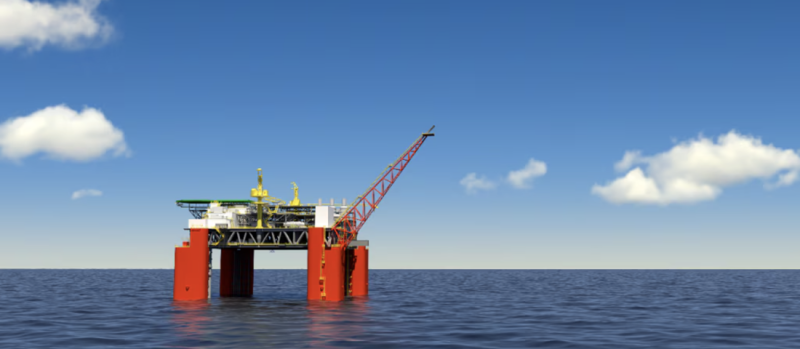Supermajor bp has signed a memorandum of understanding (MOU) with Seatrium related to the fabrication of the Tiber floating production unit (FPU) destined for the deepwater US Gulf of Mexico (GOM). Under the MOU Seatrium would provide services to carry out the engineering, procurement, construction, and commissioning (EPCC) of a state-of-the-art FPU designed to support the development of bp’s Tiber discovery located in the Keathley Canyon area.
bp and Seatrium will jointly define the initial works and EPCC scope under the MOU. The Tiber contract award is subject to the final investment decision by the operator, anticipated later this year.
The Tiber FPU is the second award in 6 months for Seatrium from bp. The fabricator was awarded a contract to supply an FPU for bp's Kaskida project, also in the GOM. According to Seatrium, the Tiber MOU aims to leverage lessons learned and technological advancements achieved from the ongoing Kaskida project to complete the Tiber FPU.
Similar to Kaskida, the Tiber FPU project would leverage Seatrium’s topsides single-lift integration.
The Kaskida FPU is expected to have a nameplate production capacity of 80,000 BOPD and will act as a hub that according to bp unlocks potential for development of 10 billion bbl of discovered resources in place in the US Gulf Paleogene. The initial development phase is targeting 275 million BOE of recoverable resource.
The Tiber discovery was made in September 2009 and is located approximately 300 miles southwest of New Orleans in Keathley Canyon Block 102. At the time of the discovery, bp called the find “huge” and estimated it could hold between 4 and 6 billion BOE in place.
The Tiber discovery well, one of the deepest at the time, was drilled to 35,055 ft to test Lower Tertiary/Paleogene targets. The probe struck oil in multiple reservoirs.
Kaskida, in Keathley Canyon Block 292, is thought to hold around 3 million BOE in place. The discovery well, drilled in 2006 to 32,500 ft, encountered 800 net ft of hydrocarbon-bearing sands.
bp holds 100% working interest in Kaskida. Production from the field is expected to begin in 2029.


